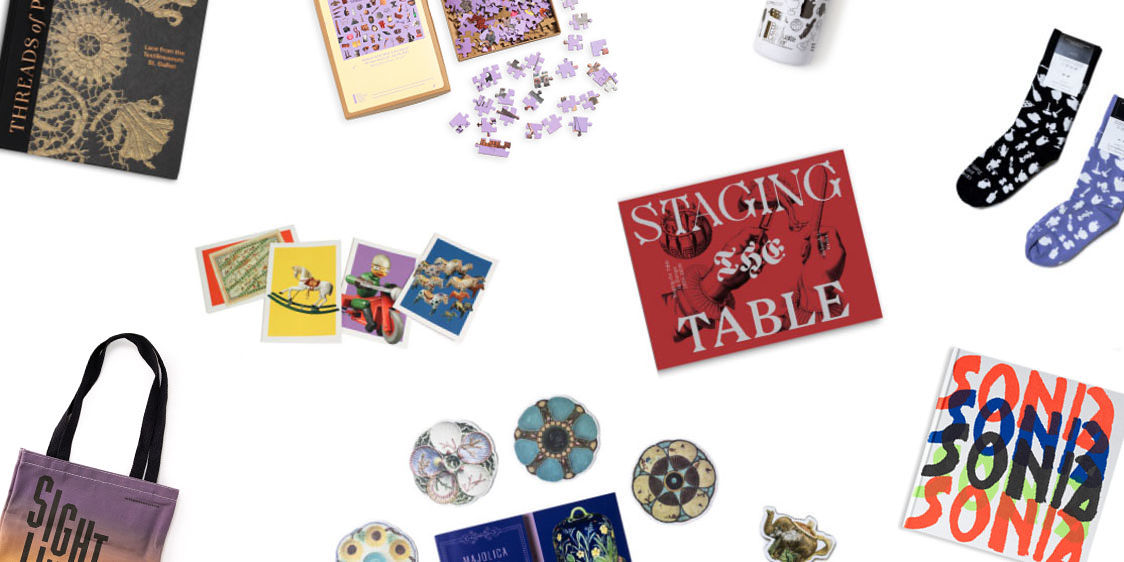In November 2017, I travelled to Amsterdam and London to pursue research for my exhibition qualifying project, which is a new opportunity for master’s students at Bard Graduate Center allowing us to conceive and propose an exhibition as our final project rather than write a traditional paper. The project consists of several parts, including a digital model, object checklist, wall text, object labels, and an essay component. My exhibition, History Adorns Us: A View from the Jeweler’s Bench (working title), will deepen our understanding of the influential role of archetypes through the perspective of contemporary art jewelers who appropriate ancient and historical jewelry forms and techniques in their work. The exhibition will illuminate connections in form, technique, and emotional content between contemporary and historical jewelry. Traditional and current processes employed by jewelers will be displayed in tandem with contemporary and historical jewels and artifacts. Through funding provided by the Prendergrast Fund, I was able to spend a week in Amsterdam and London researching my project.
The key aims of my visit to Amsterdam were to attend the symposium “Jewellery Matters,” and visit the Rijksmuseum’s collections. The symposium was a multi-disciplinary, informative, and thought-provoking event. Scientists spoke about the emerging ability to date pearls using samples from inside a bead-hole, geologists discussed the origin of diamonds, archivists at Tiffany & Co. illuminated their evolving collection practices, jewelry historians highlighted favored parts of their areas of study, and jewelry artists considered their work within a contemporary context. The most resonant talk for me was that of Jack Ogden, who articulated the importance of considering each piece of jewelry within its context(s) in a sophisticated way. The Rijksmuseum has a significant collection of historical jewelry both in its treasury room and spread throughout the rest of the collection. Accompanying that collection are several paintings featuring goldsmiths or spectacular examples goldsmiths’ art. Most exciting to me were alcoves devoted to early jewelry design prints and seventeenth-century prints that contextualized jewelry in everyday life, aspects of jewelry as an object of adornment that are frequently left out of jewelry exhibitions.
In London, I studied the jewelry in the Victoria and Albert Museum’s extensive jewelry collection and visited the Gallery SO (a contemporary jewelry gallery). Visiting the V&A’s jewelry collection allowed me to compare its display and object labels with temporary exhibitions like Medusa: Jewellery and Taboos, which I was able to visit at the Musée d’Art moderne de la Ville de Paris during BGC’s 2017 summer trip to Paris. At Gallery SO, I had the opportunity to speak to the gallery’s director who took the time to show me the jewelry in the gallery as well as detail the jewelers’ backgrounds and inspirations. She then gave me a private preview of their upcoming exhibition Dear Thing. Before I left, she offered me a copy of Tomfoolery, the monograph of artist Lin Cheung, one of the jewelers I was especially interested in. This visit showed me the differences in display between contemporary jewelry galleries and that of museums, and allowed me to see some of the work included in my exhibition first hand.
This trip enabled me to make contact with several important figures within my field of study. I also collected factual information, objects, new ways of thinking, and display tactics that will be incorporated into my exhibition qualifying project. This trip immediately affected how I thought about my proposed exhibition and the content in it. I hope that this exhibition will be a self-conscious evaluation of the role of historical jewelry, and our interactions with it, through the perspectives of practicing contemporary art jewelers.
—Sasha Nixon (MA 2018)












